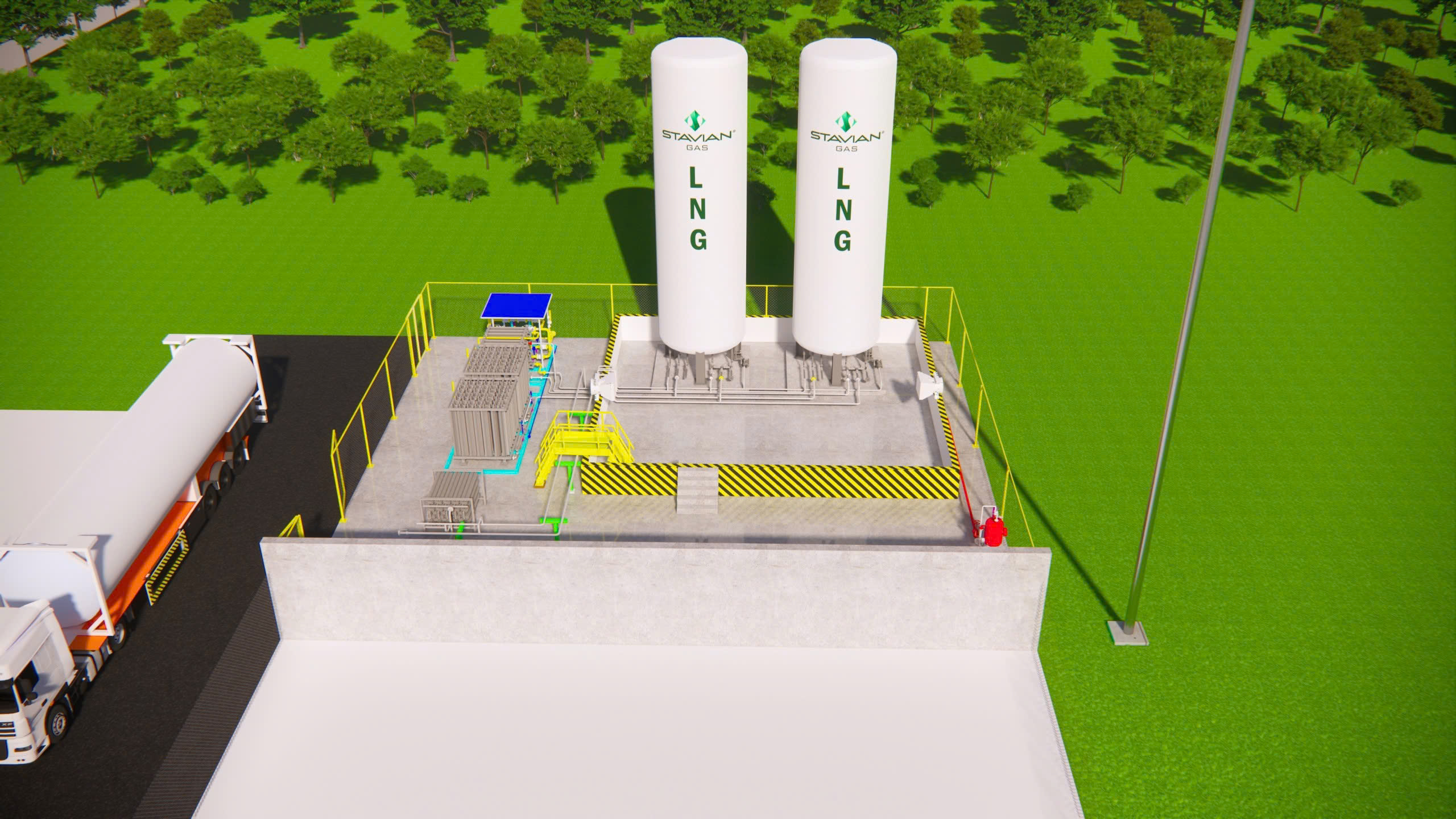As LNG (Liquefied Natural Gas) becomes increasingly popular due to its convenience in storage and transportation compared to CNG (Compressed Natural Gas) or NG (Natural Gas), businesses must understand how to accurately convert LNG into standard gas units for proper capacity design and economic calculations. The internationally recognized units are Sm³ (Standard Cubic Meter) and Nm³ (Normal Cubic Meter).
1. Quick Comparison of Technical Parameters
| Parameter | LNG (Liquefied Natural Gas) | CNG (Compressed Natural Gas) | NG (Sm³) – Standard Conditions | NG (Nm³) – Normal Conditions |
| Physical State | Liquid at ~ -162°C, ~1 atm | Gas compressed at 200–250 bar | Gas at 15°C, 1 atm | Gas at 0°C, 1 atm |
| Relative Volume | ~1/600 of natural gas volume | ~1/200 of natural gas volume | 1 Sm³ | 1 Nm³ ≈ 1.054 Sm³ |
| Density (kg/m³) | ~430–470 kg/m³ | ~160–200 kg/m³ | ~0.72–0.85 kg/m³ | ~0.70–0.82 kg/m³ |
| Average Calorific Value | ~52 mmbtu/ton | ~40 mmbtu/1,000 Sm³ | ~9,000–10,000 kcal/Sm³ | ~8,500–9,500 kcal/Nm³ |
2. How to Convert LNG to Sm³ and Nm³
Conversion Formula to Sm³ (Standard Cubic Meter):
Sm³ of natural gas = Tons of LNG × 1.385
Example: A customer consumes 4 tons of LNG/day, the equivalent volume of natural gas is:
Sm³ = 4 × 1.385 = 5,540 Sm³/day
Conversion Formula to Nm³ (Normal Cubic Meter):
Nm³ of natural gas = Tons of LNG × 1.278
Example: A customer consumes 3 tons of LNG/day, the equivalent volume of natural gas is:
Nm³ = 3 × 1.278 = 3,834 Nm³/day
For further consultation, please contact us via hotline: +84 968 756 443


